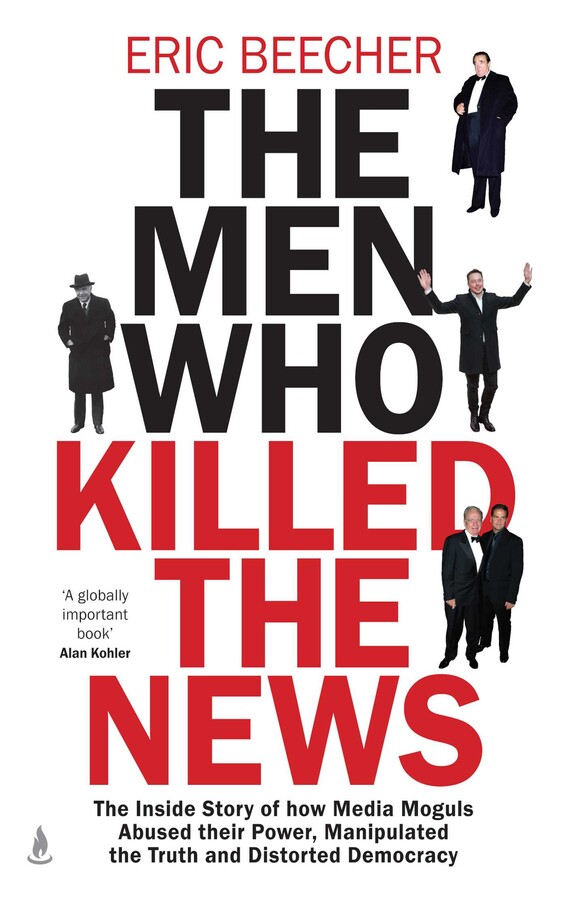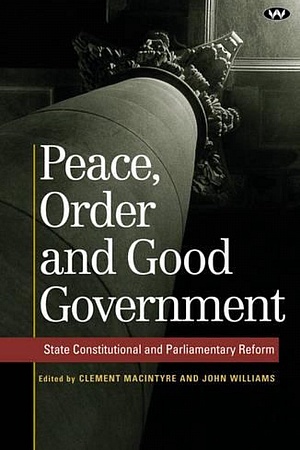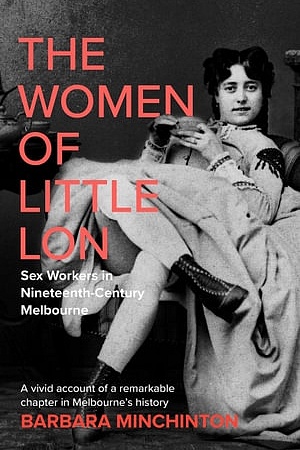The End of Innocence
Hardie Grant Books $29.95, 338 pp
Mission for Justice
From September 1958 until his capture in August 1963, Eric Edgar Cooke conducted a terrifying campaign of violent crime in greater Perth which left eight people dead and several others permanently injured. The damage did not stop with Cooke’s arrest. A young labourer, John Button, had previously been convicted of one of Cooke’s murders: the hit-and-run killing of Button’s girlfriend., Rosemary Anderson. Button was serving ten years’ imprisonment. Neither Cooke’s confession to the murder of Anderson nor subsequent police investigations were sufficient to convince authorities that the justice system had miscarried. All of Button’s legal appeals (including one to the High Court of Australia) were dismissed. Button steadfastly maintained his innocence, even after he had served his sentence, fruitlessly petitioning politicians for a reopening of his case. For many years the injustice remained, until a chance encounter in 1992 between Button’s brother and a journalist named Estelle Blackburn. With a reporter’s nose for a good story, Blackburn began an investigation of Button’s case that was to last six and a half years and create Australian legal history.
Continue reading for only $10 per month. Subscribe and gain full access to Australian Book Review. Already a subscriber? Sign in. If you need assistance, feel free to contact us.










Leave a comment
If you are an ABR subscriber, you will need to sign in to post a comment.
If you have forgotten your sign in details, or if you receive an error message when trying to submit your comment, please email your comment (and the name of the article to which it relates) to ABR Comments. We will review your comment and, subject to approval, we will post it under your name.
Please note that all comments must be approved by ABR and comply with our Terms & Conditions.